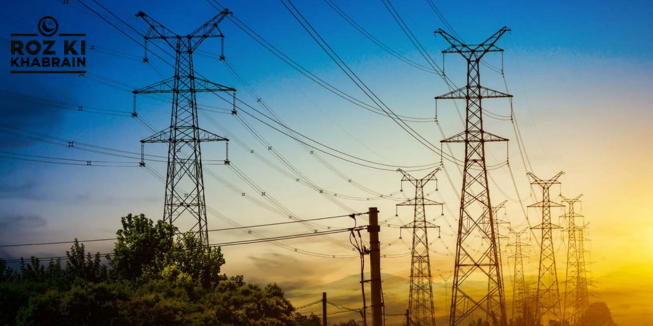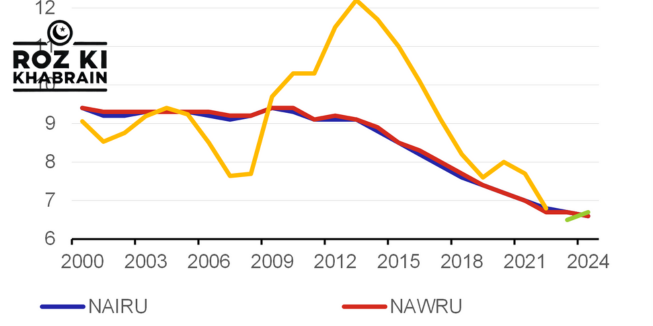The National Electric Power Regulatory Authority (NEPRA) has highlighted severe mismanagement within Pakistan’s power distribution sector, revealing troubling details about the growing circular debt.
According to the State of Industry Report 2024, circular debt in the power sector reached an overwhelming Rs2,393 billion by June, primarily due to inefficiencies in power distribution companies.
Key Findings: Escalating Circular Debt Of the total Rs2,393 billion, Rs900 billion is attributed to electricity defaulters. Transmission losses added Rs276 billion, while poor consumer payment collection led to a Rs314 billion increase in circular debt.
Capacity Payments and Consumer Costs Consumers are shouldering the cost of mismanagement, paying Rs17 per unit for capacity payments. NEPRA noted that 66% of the country’s electricity generation capacity went unused during the first 24 hours of 2023, further driving up consumer costs.
Transmission Losses and Subsidy Delays Transmission losses surpassed 18% last year, while delays in government subsidies worsened the situation. Both the federal government and Punjab failed to release subsidies on time, aggravating the crisis.
Solar Energy Growth Despite these challenges, the report noted a rise in solar energy adoption, with the number of solar consumers growing to 156,000 in 2024. Solar net metering capacity reached 2,200MW, indicating increasing public interest in renewable energy.
Electricity Generation Capacity Pakistan’s total electricity generation capacity stands at 45,888MW, but NEPRA pointed out that large portions of this capacity remain underutilized, leading to sector inefficiencies.
NEPRA has stressed the urgent need to address these irregularities, reduce electricity prices, and improve sector efficiency, while also tackling transmission losses and ensuring timely subsidies to lessen the burden on consumers.




